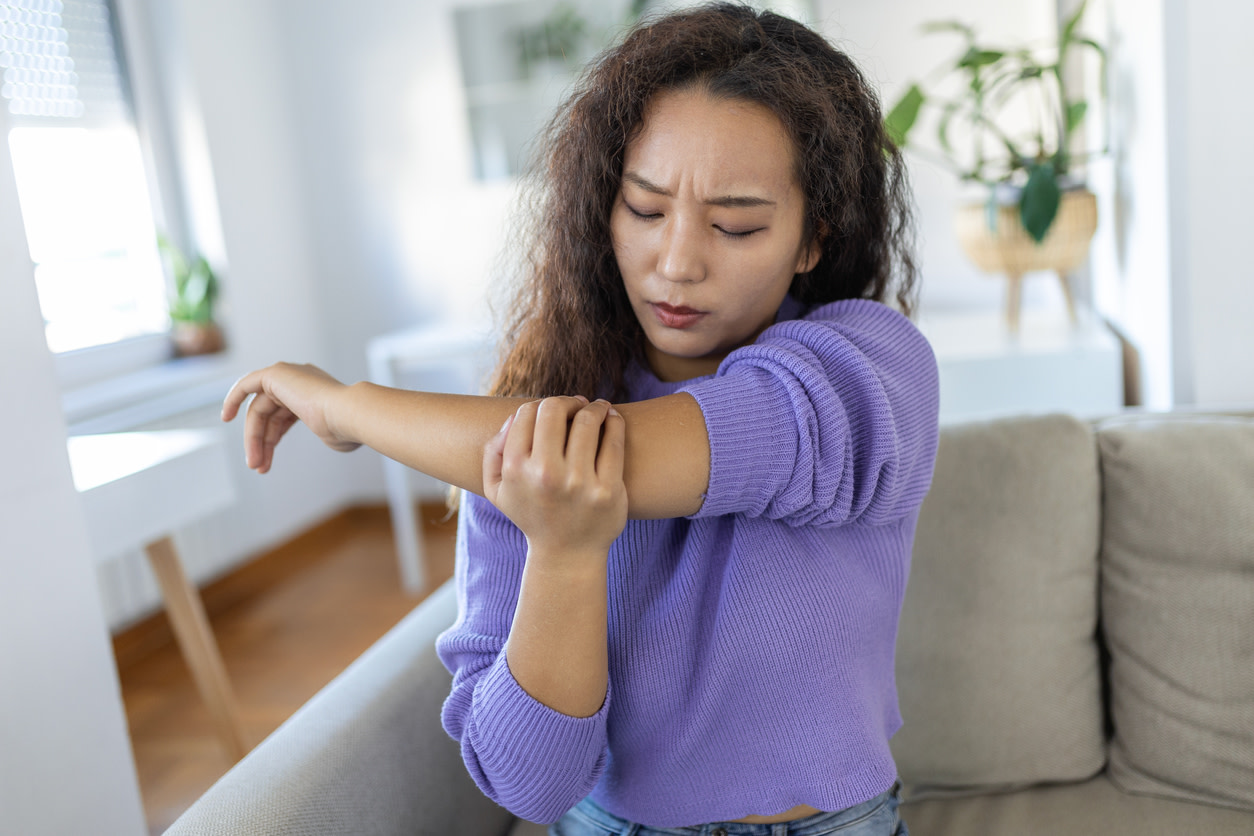Dolor en la parte interna del codo: causas, tratamiento y ejercicios para el codo de golfista
Aprenda sobre el dolor interno del codo, sus causas y síntomas. Descubre un tratamiento eficaz para aliviar las molestias y mejorar la movilidad.
$0 costo para usted
Última actualización: Jun 5, 2025
El índice
Fully covered elbow pain relief
Find relief from elbow pain, tennis elbow, elbow sprain, & more.
Check if I'm eligibleEjercicios para el dolor interno del codo
¿Quieres atención de expertos? Consulta si estás cubierto por nuestro programa gratuito →- Wrist Flexor
- Wrist Bends
- Seated Wrist Pronation
- Seated Wrist Supination
- Towel Squeeze
- Elbow Curl
